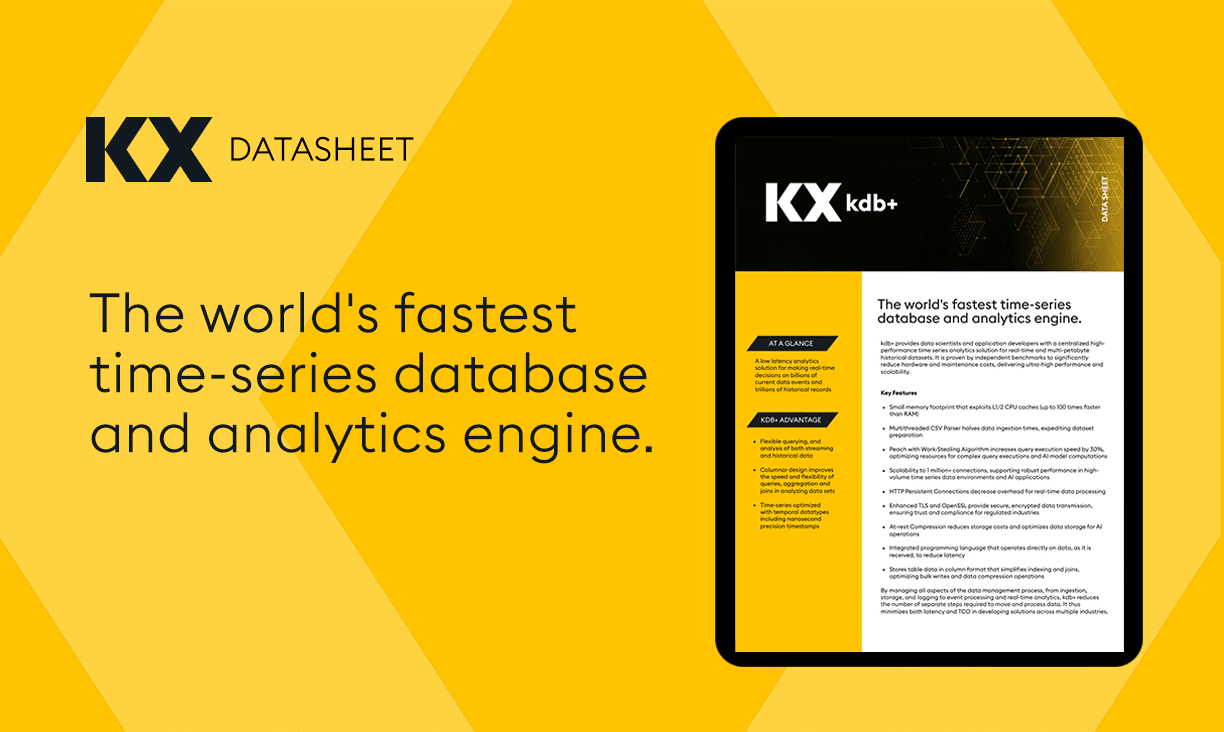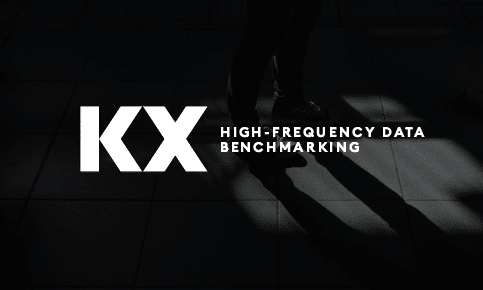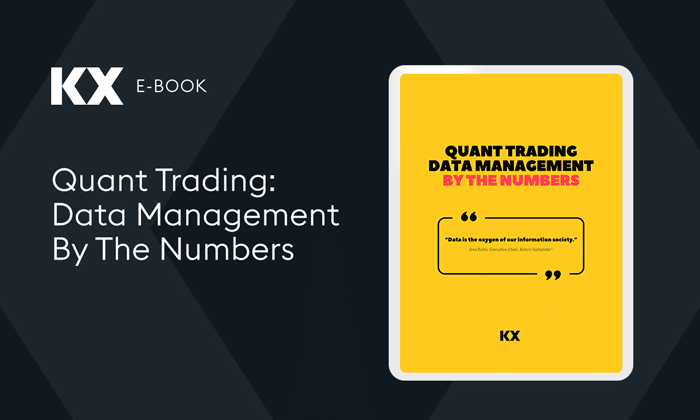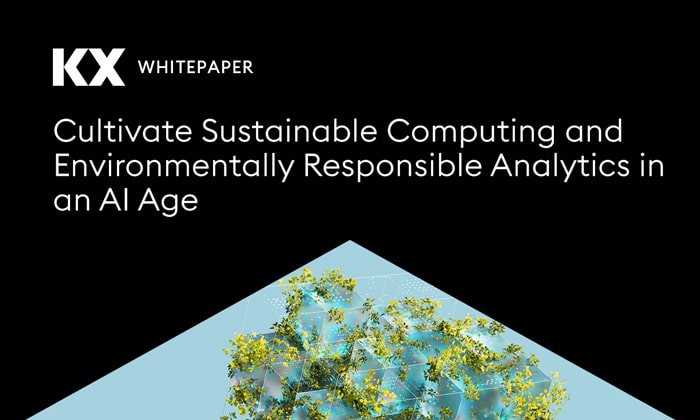By Przemek Tomczak
June 21 marks the official beginning of summer, but many global residents have already experienced record-breaking temperatures and power outages due to high energy use and demand.
As we’ve seen in recent years, the effects of these extended power outages are especially consequential and impact whole communities and economies. Unfortunately, there doesn’t seem to be an end in sight.
An Associated Press analysis of U.S. Department of Energy data found that over the past 20 years, the number of these outages have doubled, adding new urgency to innovative energy transition measures and, once again, highlighting the key role of renewable energy.
An electrified (and dependable) low-carbon future
We depend on electricity to power our homes, but also our critical services, our transportation, and our factories – energy supply is, after all, critical to industry. Every day, huge investments are driven by energy especially in, for example, the semiconductor space which prioritizes geographies with a reliable, cost-effective supply of energy. Look no further than Texas Instruments and its decision to invest in Sherman, Texas as the location for their next 300-mm fabs.
Access to energy is essential to the functioning of modern businesses and economies, and Europe is no exception either. A new focus on energy security – especially in the European Union – is triggering an unprecedented policy momentum towards accelerating energy efficiency and renewables.
Renewable market forecasts are undoubtedly subject to market volatility, global policy and regulation, but estimates suggest global renewable power is set for another year of record growth in 2022, adding 320 gigawatts of new capacity as companies and countries take advantage of renewables’ energy security and climate benefits.
China, the European Union and Latin America are driving this growth – but even Texas has reaped the rewards of its modest renewable investment recently. Despite critical temperatures this month, its grid (which weathered deadly blackouts and frost just last year) is “holding up remarkably well” according to a report from CNN, due in large part to “strong performances from wind and solar, which generated 27 gigawatts of electricity,” according to experts, “close to 40% of the total needed.” These renewable sources not only helped keep the power on, they also helped keep costs low.
Still, experts have suggested infrastructure issues limit the potential of renewables; some critics point specifically to the size of the EV charging infrastructure market, estimated today at over $2.5 billion with a trajectory of $28 billion by 2027.
If there is no silver bullet, what then will it take to achieve a resilient, reliable and cost-effective energy future?
Continuous improvement is a must; status quo not an option
The answer is not necessarily ‘what’ but ‘how’ will we usher in the new energy transition.
DER integration, infrastructure investment, grid-edge technologies, and, yes, renewables – collaboration and partnerships at all levels will enable us to shape the future, and data analytics and distribution automation technologies are paving the way. Consider this:
- Utilities are upgrading their Advanced Metering Infrastructure (AMI) to collect over 30x more information than ever before, such Watts, VAR, power factor and phase angles.
- Power line sensors are being installed with measurements at 15 KHz to detect vegetation touching lines and downed live wires, both fire hazards.
- Utilities are using AMI data to identify where and when EVs are likely to charge.to take action to minimize impact to the grid and assets, and to create more accurate. and up-to-date energy forecasts.
- Utilities are also opening up to third party aggregation services and storage providers to provide capacity where needed, as well as range of ancillary services to improve reliability and power quality [learn more here and here].
This increasing complexity on the grid requires a broader, deeper understanding of dynamic data, sets that are increasingly comprised of both IT and OT, enhanced customer systems, edge intelligence, ADMs, and advanced analytics.
Real-time decision making — enabled via high-resolution visibility and context-aware analytics — can ensure the industry responds to the challenges today, but also improves service, helps customers, reduces costs, and makes the necessary choices that will drive reliability and efficiency in our energy systems for years to come.
How can you help your organization meet and thrive during this energy transition?
Przemek Tomczak is Senior Vice-President of Internet of Things and Utilities at KX. For over twenty five years, KX has been providing the world’s fastest database technology and business intelligence solutions for high velocity and large data sets. Previously, Przemek held senior roles at the Independent Electricity System Operator in Ontario, Canada and top-tier consulting firms and systems integrators. Przemek also has a CPA, CISA and has a background in business, technology, and risk management.












